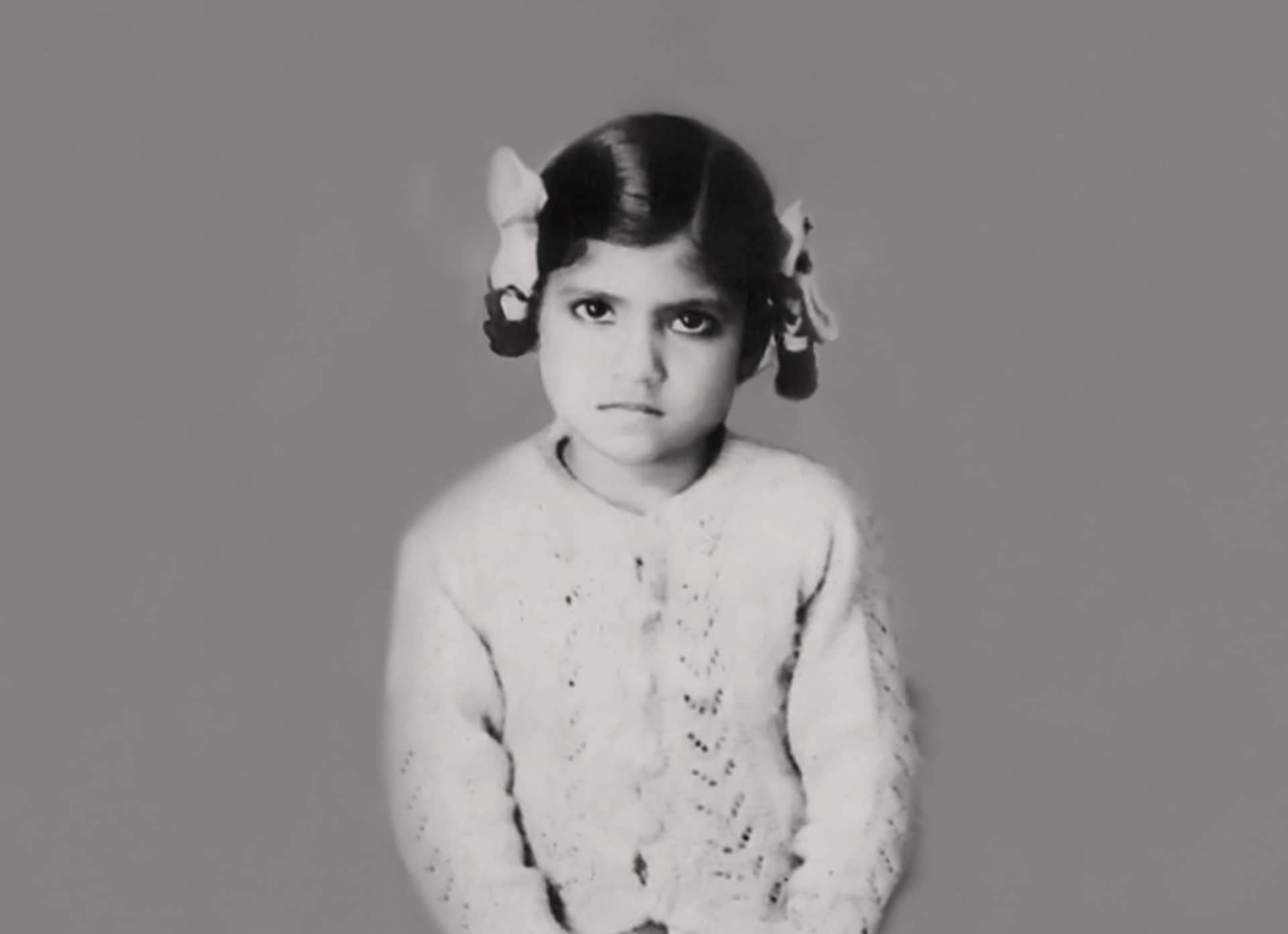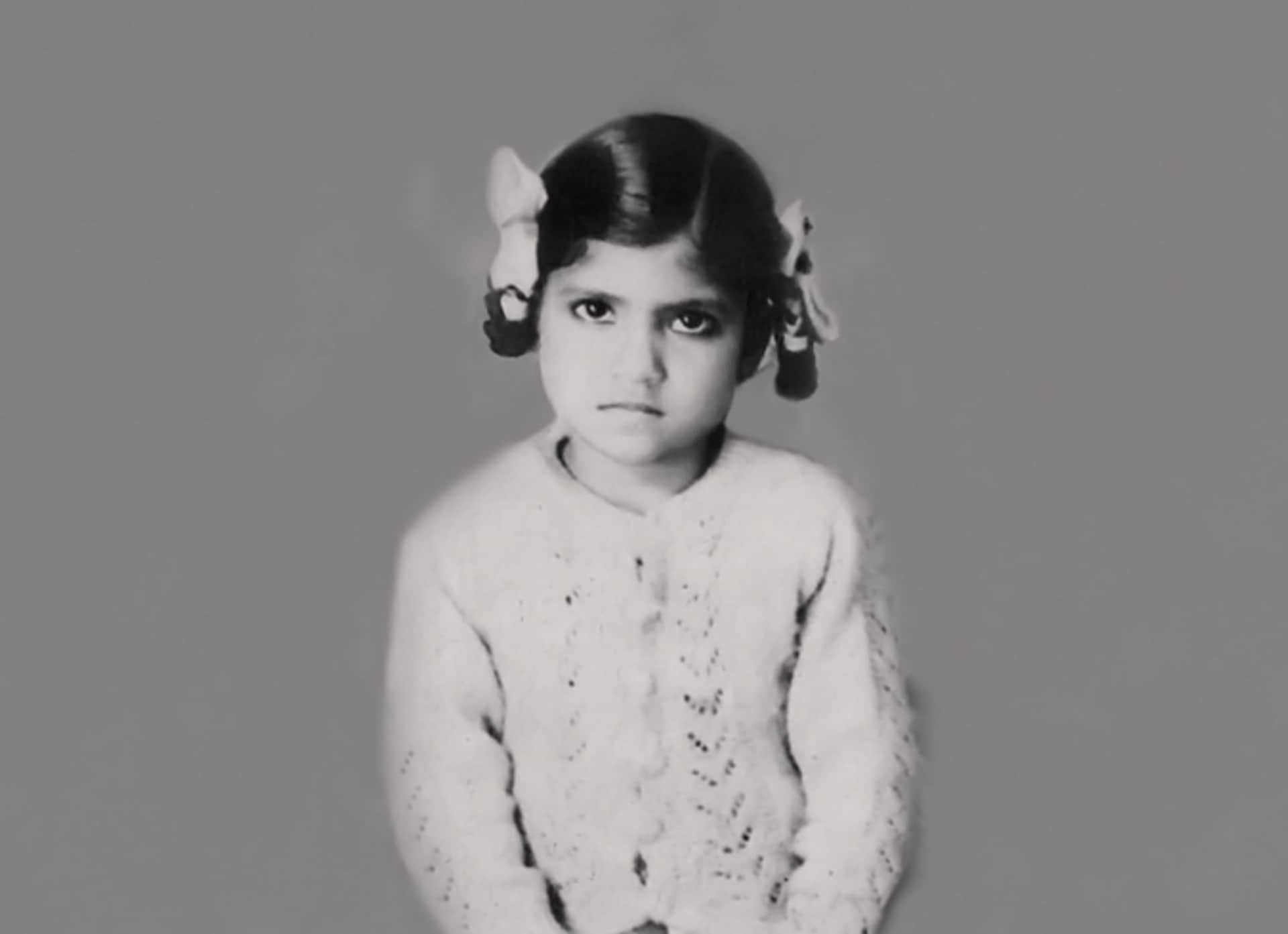Santosh K. Dary: The Indian Girl from the Ghetto
I was a little girl when I came with my family from India to live in the West Midlands, England, in 1966.
Large numbers of people had come from Commonwealth countries to help ease the labour shortage in post-war Britain. There was no strategy for people to live in harmony and understanding, which led to deep problems in all walks of life.
Many British people did not want to live side-by-side with migrants. This resulted in divided communities. Landlords would not let houses to the newly-arrived, forcing families to live in overcrowded conditions in small bedsits. Churches closed their doors so as not to upset their white congregations, and colour bars were a common feature in public places. Racism became an everyday experience for migrants.
I grew up in these tensions. I would walk the long way to the junior school I attended in Handsworth, Birmingham, to avoid certain streets. My mother was at home looking after my baby brother, while my father worked 14-hour nightshifts at the local steel foundry. My sister, six years older than me, went to a nearby secondary school.
The streets were as hostile as the school playground, and I tried not to linger too long anywhere. Gangs of local children went looking for prey. I was dubbed the ‘Indian girl from the ghetto’. They would mock me, pull my pigtails and use rope or pieces of cloth to make fun of me. They spoke English and I only understood Punjabi and a few English words. But the tone was unkind and unfriendly. I would lower my head and quicken my pace.
I lived in quiet fear and did not share my troubles with anyone. I became closed and stopped talking altogether. I spoke in no language, just nodded if I was pushed for a response.
At school I learned very little. I feared the teachers, as corporal punishment was freely used on children for no apparent reason. I was very weary of one of the teachers, Mrs Jones. I recall one of many classroom incidents:
She pushes her face close to mine. She is repeatedly saying something I do not understand. Her tone is harsh. She is making me feel uncomfortable and upset. My throat feels tight. I look at her with tear-filled eyes. Her eyes look hard and I can see her pupils. I feel scared. She is shoving a paper into my face and I sense her anger and displeasure. She grabs my arm roughly to make me stand up. The wooden stool I’d been sitting on crashes onto the floor. The echo shatters the silence of the classroom.
From 1966 to 1970, I remained in the same class with the same group of children who were all from predominantly Black and Asian backgrounds. Only the teachers changed. I left primary school with a few nursery rhymes I had learned and a failed 11-plus test. What followed me to secondary school was a recommendation to be formally statemented for special learning needs, as I was deemed to be delayed in comprehension. The process was abandoned in 1972 as I started to speak and understand the English language.
The impact this had on my confidence and self-worth remained with me throughout many decades of my life.

